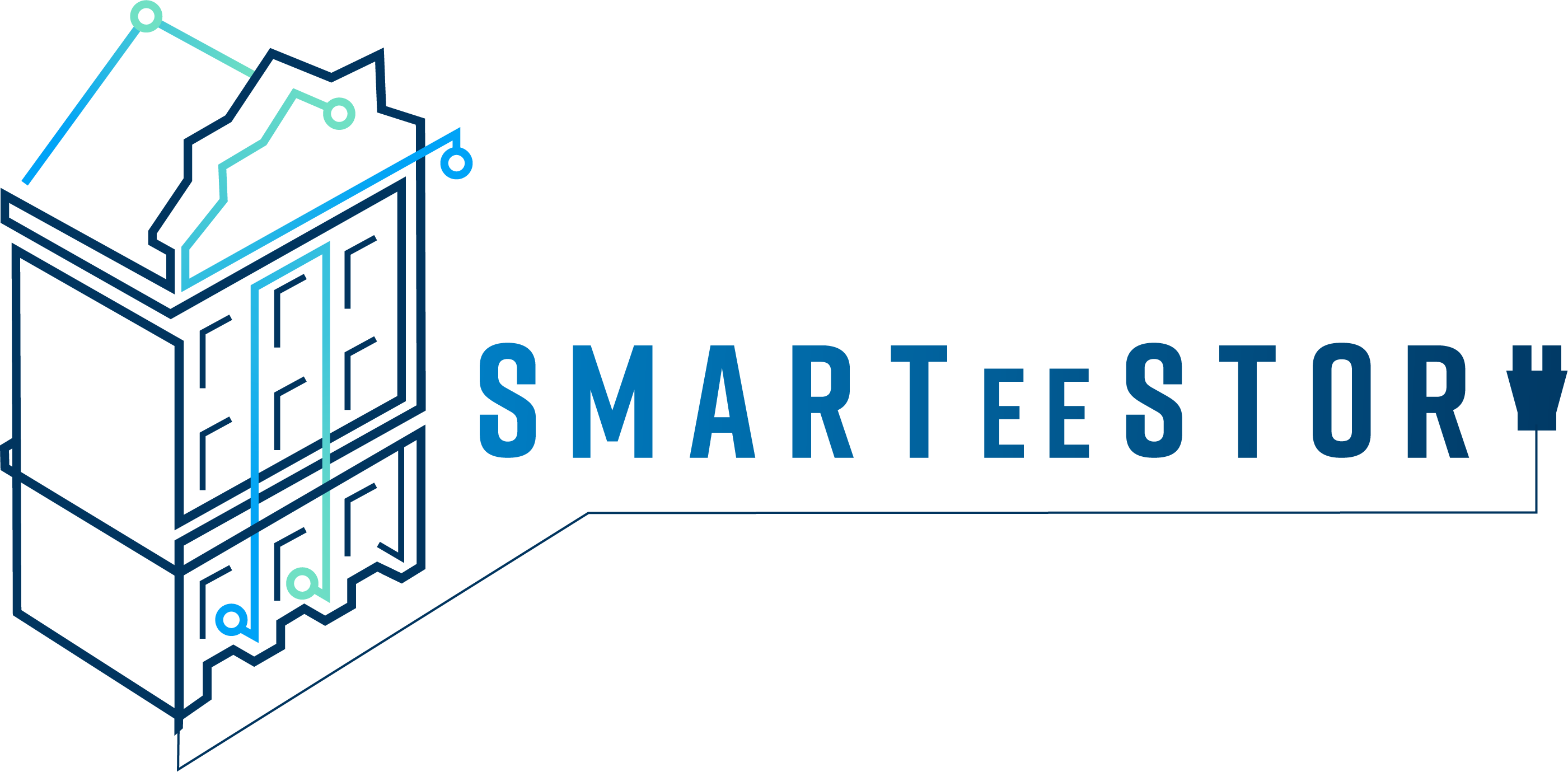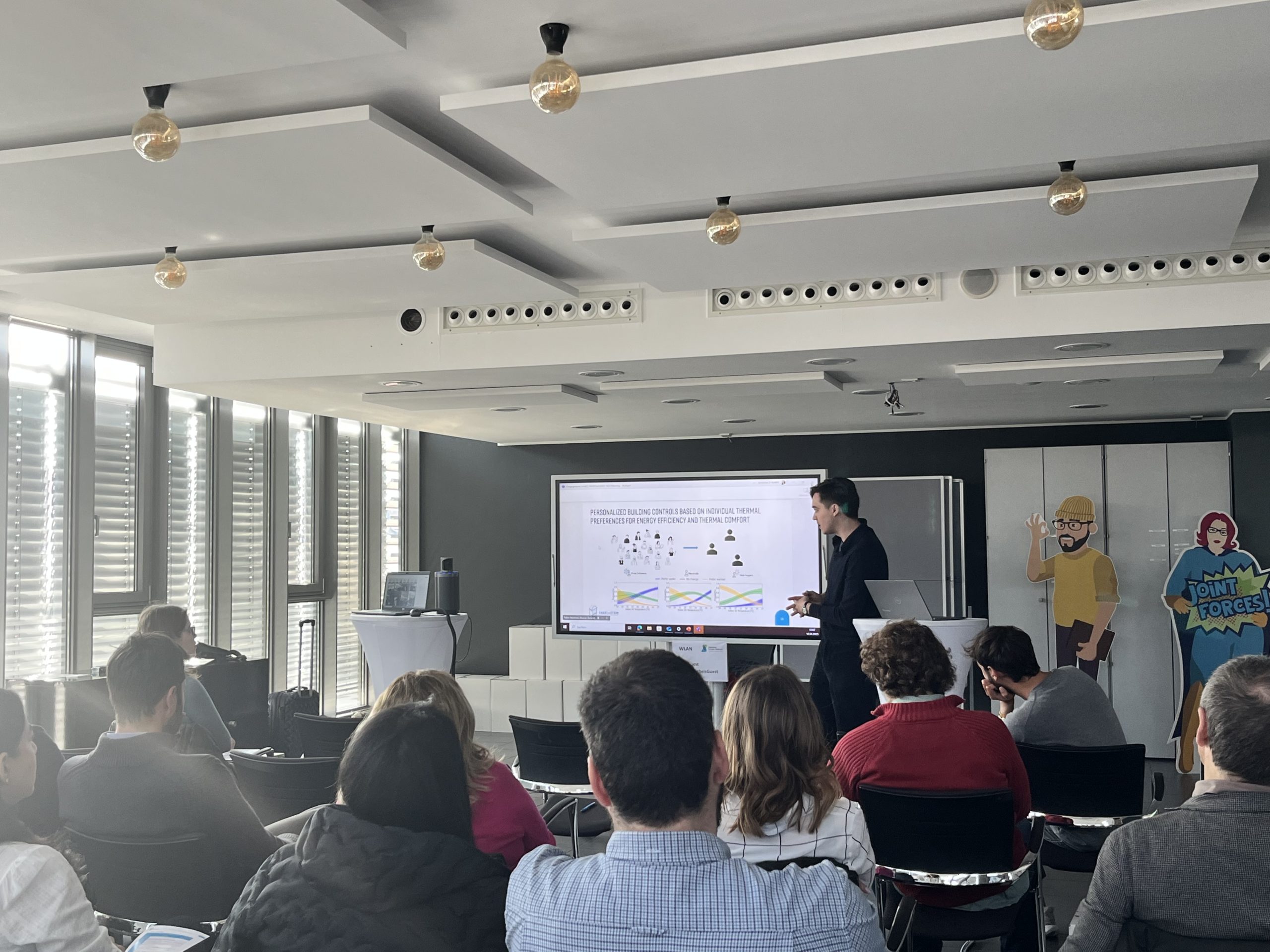During SMARTeeSTORY's last General Assembly, the consortium was trained on a very important part of our work in the project: the users. The project's user centricity experts, our colleagues from TU Delft, presented the theoretical background and workshop on the topic.
The human-building interaction is an important factor to consider in the design of automated and smart buildings. The comfort level of the user, their acceptance of the new technology and materials, and their interaction with the smart building control system all determine the success of an automation system and the satisfaction they bring to the user.
The training started with an introduction to human-building interactions and how they can be optimised for user satisfaction while maximising the energy efficiency of the system. It was followed by an explanation of the user archetypes, or the grouping of users based on individual thermal preferences. The final part of the presentation described the design of effective user control for optimum human-building interaction. including placement of devices and the ease of use, and the availability of information at the interface of the controls.
Following the presentation was a short workshop session where the participants were surveyed on their preferences on how building controls would be displayed, including, among others, the system status, override controls, giving feedback, and alerts on low environmental quality.
Takeaways:
- Building automation is often disruptive to occupants, so a higher degree of acceptance and wellbeing can be achieved through returning the sense of personal control and enabling overrides by the user.
- The indoor comfort quality is a multi-domain problem that involves multiple factors such as noise, view, glare, daylight, and personal control.
- In SMARTeeSTORY, the user archetypes will be determined based on the preferences recorded in the monitoring data from the occupants, which will later on be fed into the system.
- An optimum user control interface for smart buildings involves a balance of i) the amount and type of information displayed, ii) the position of the devices, and iii) the type of device used for control (e.g., digital or analog)



